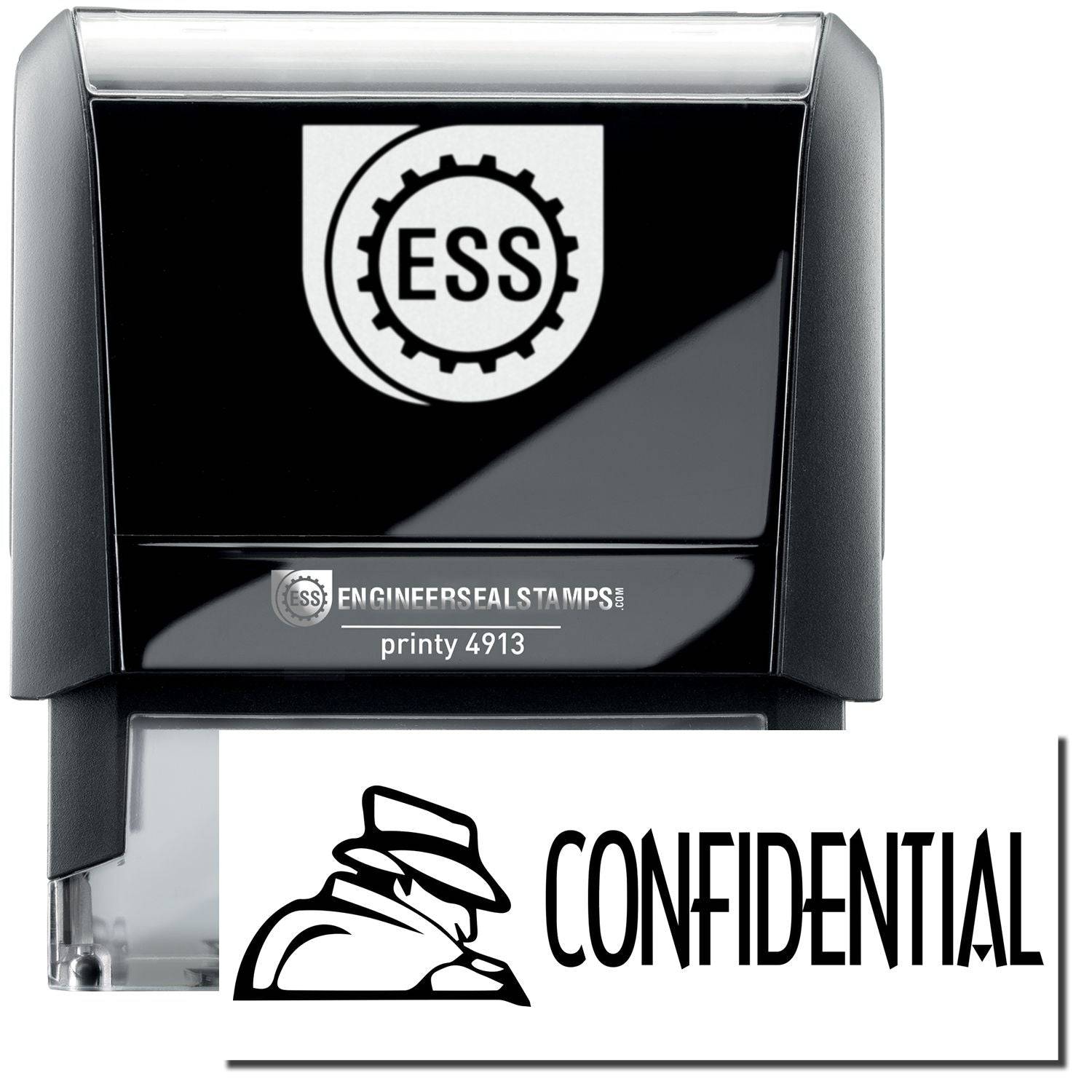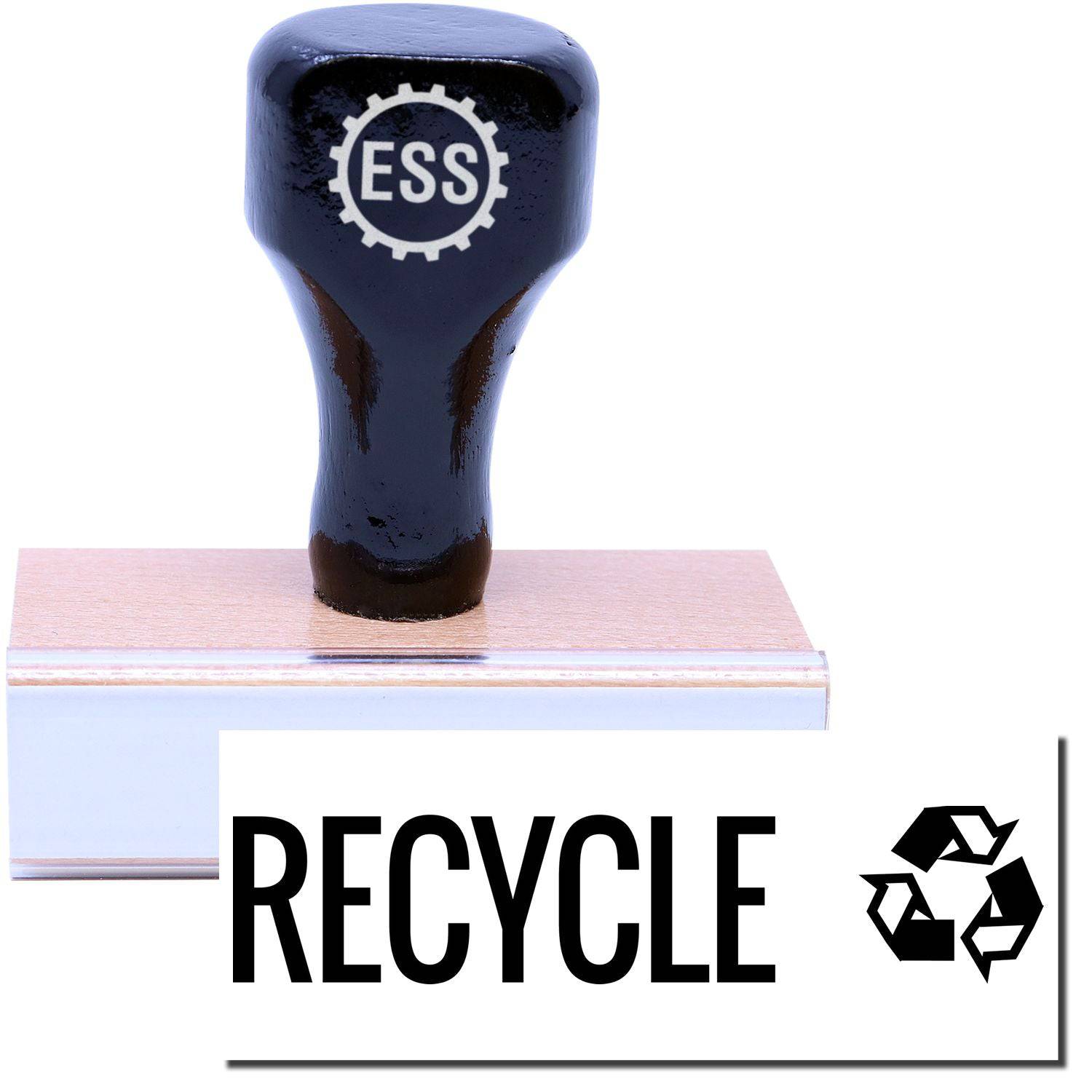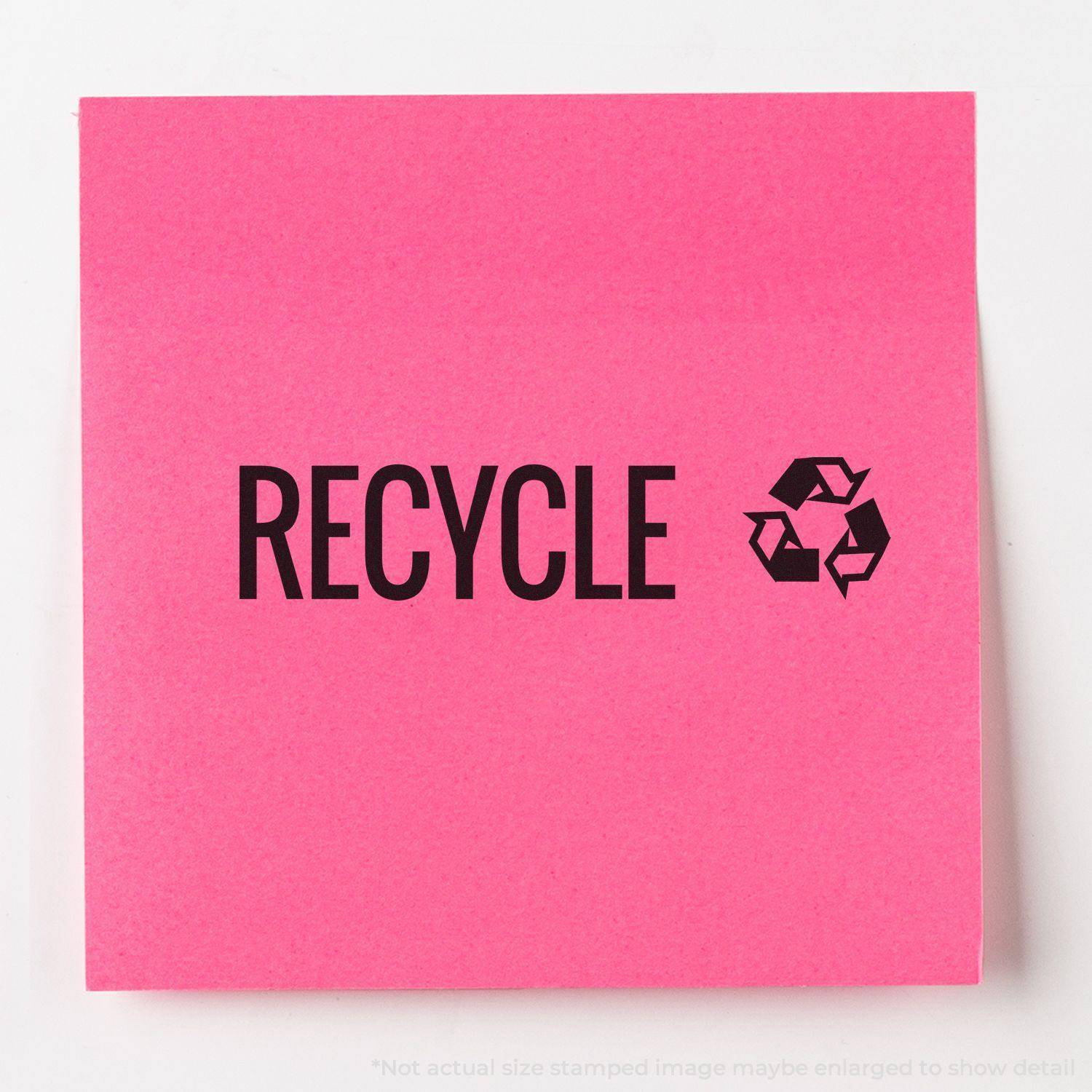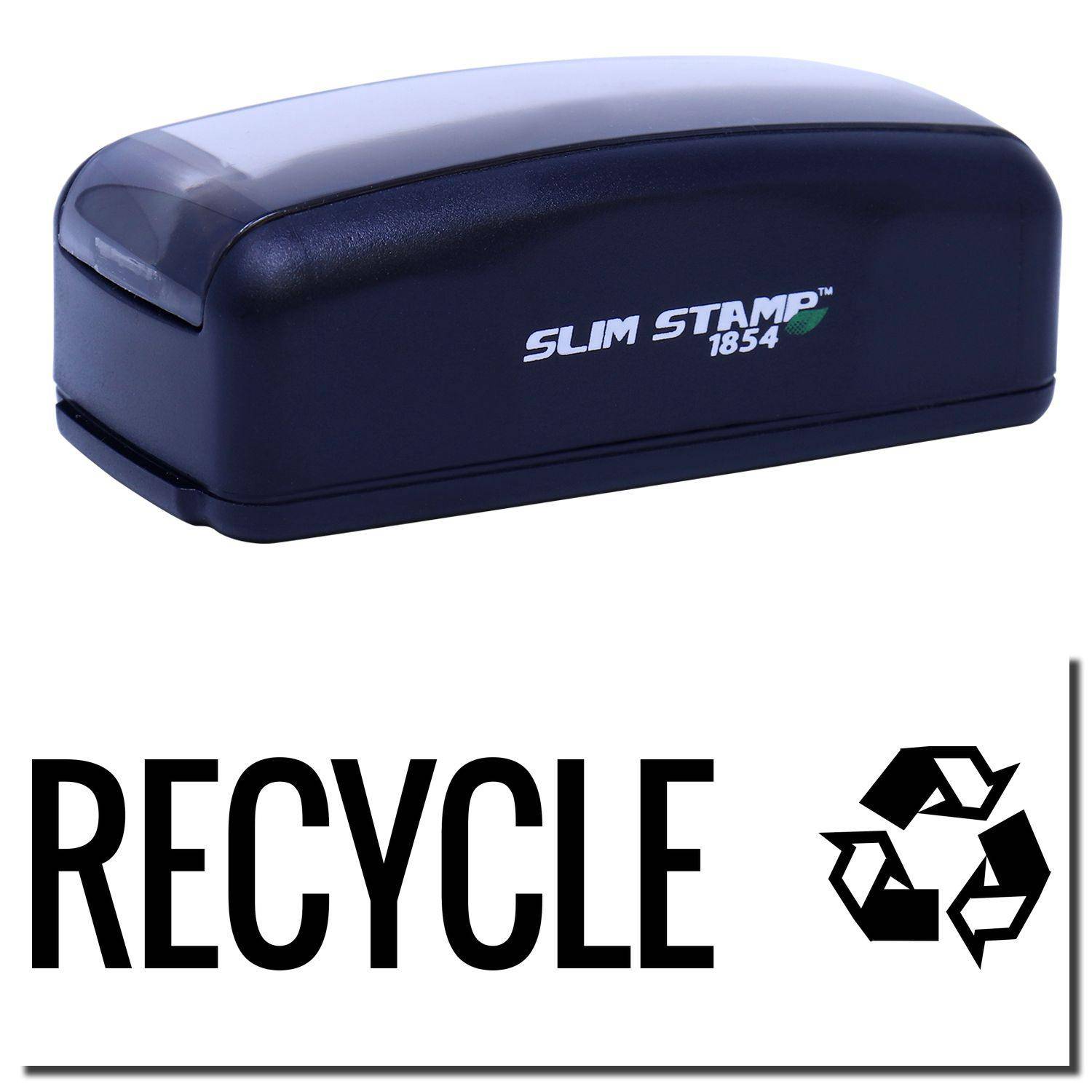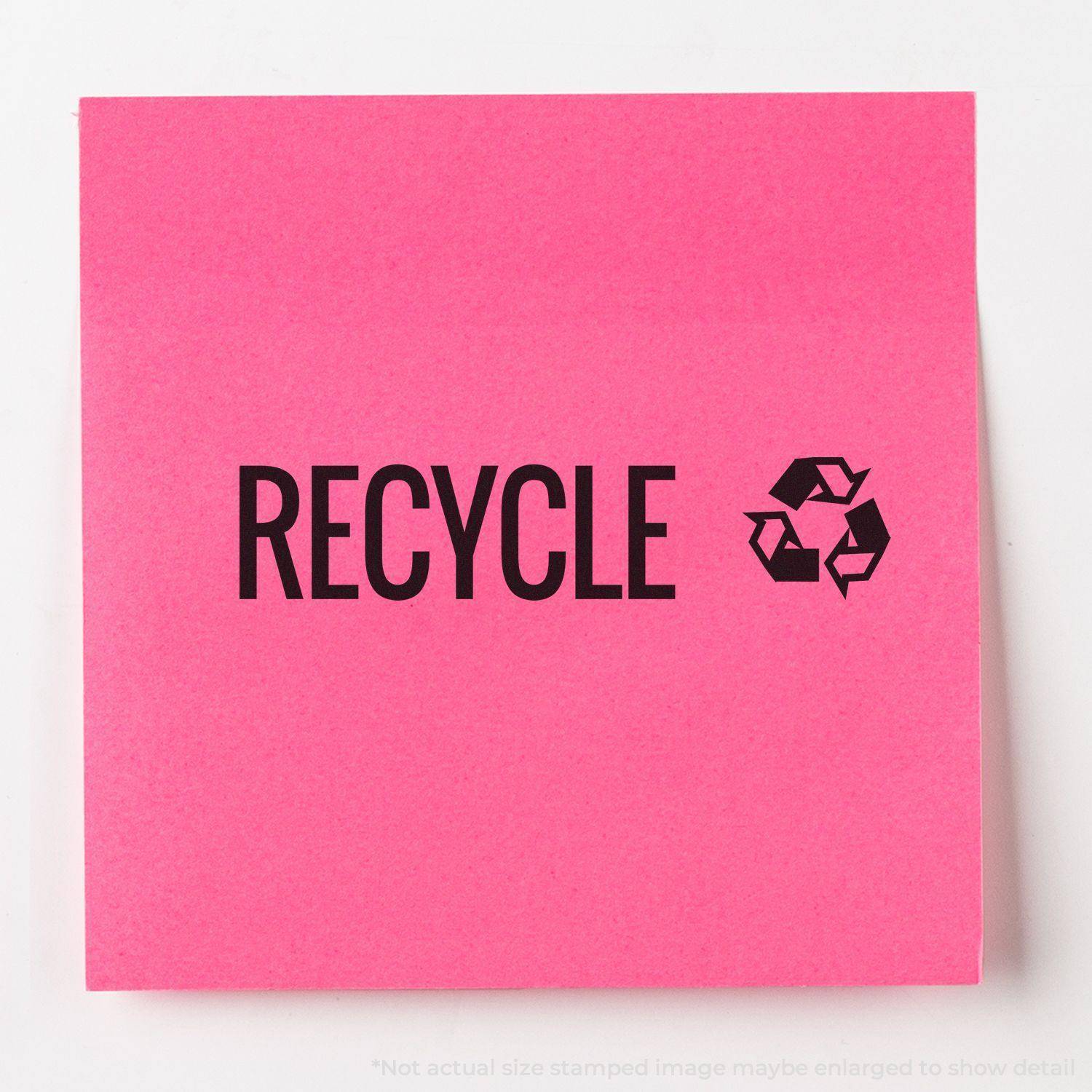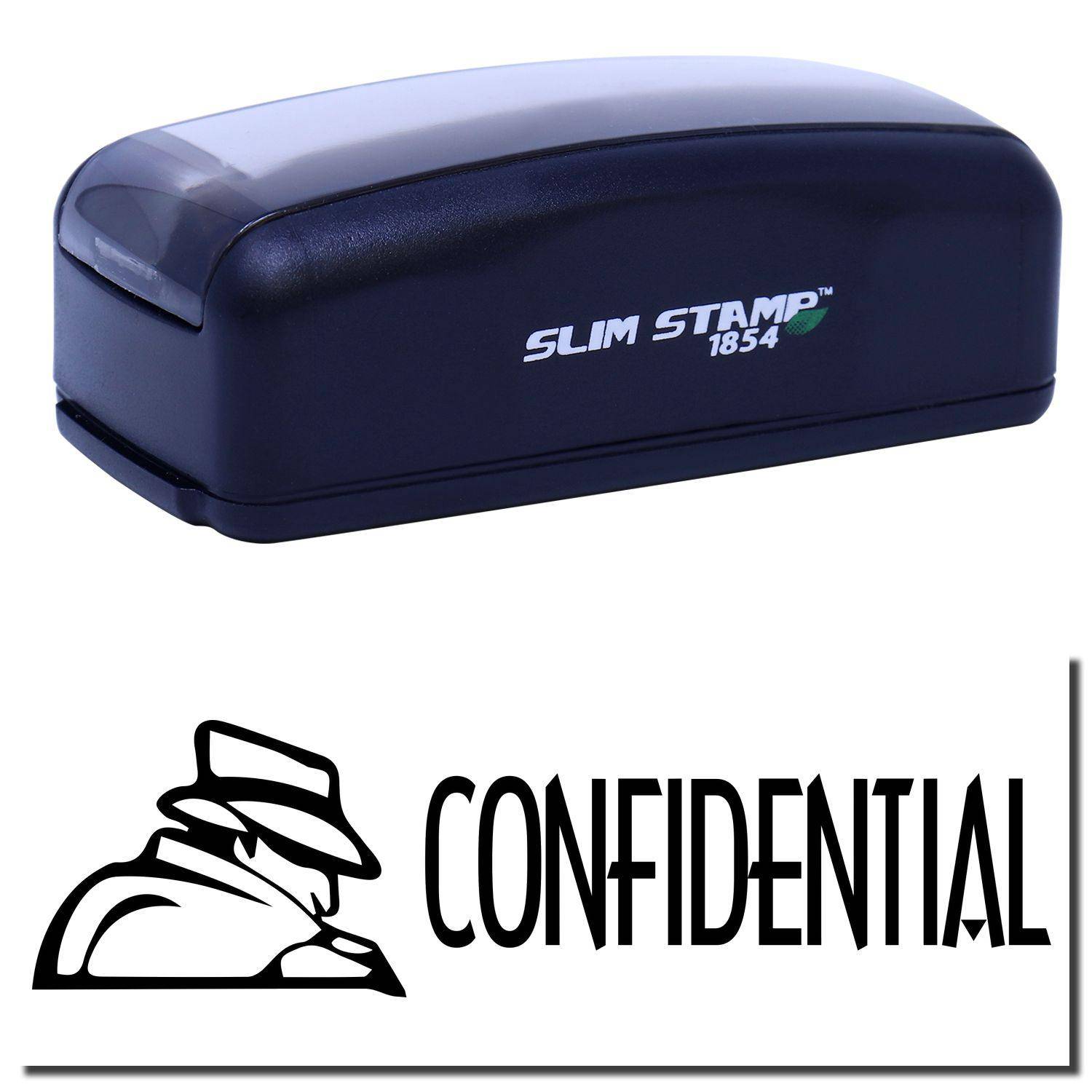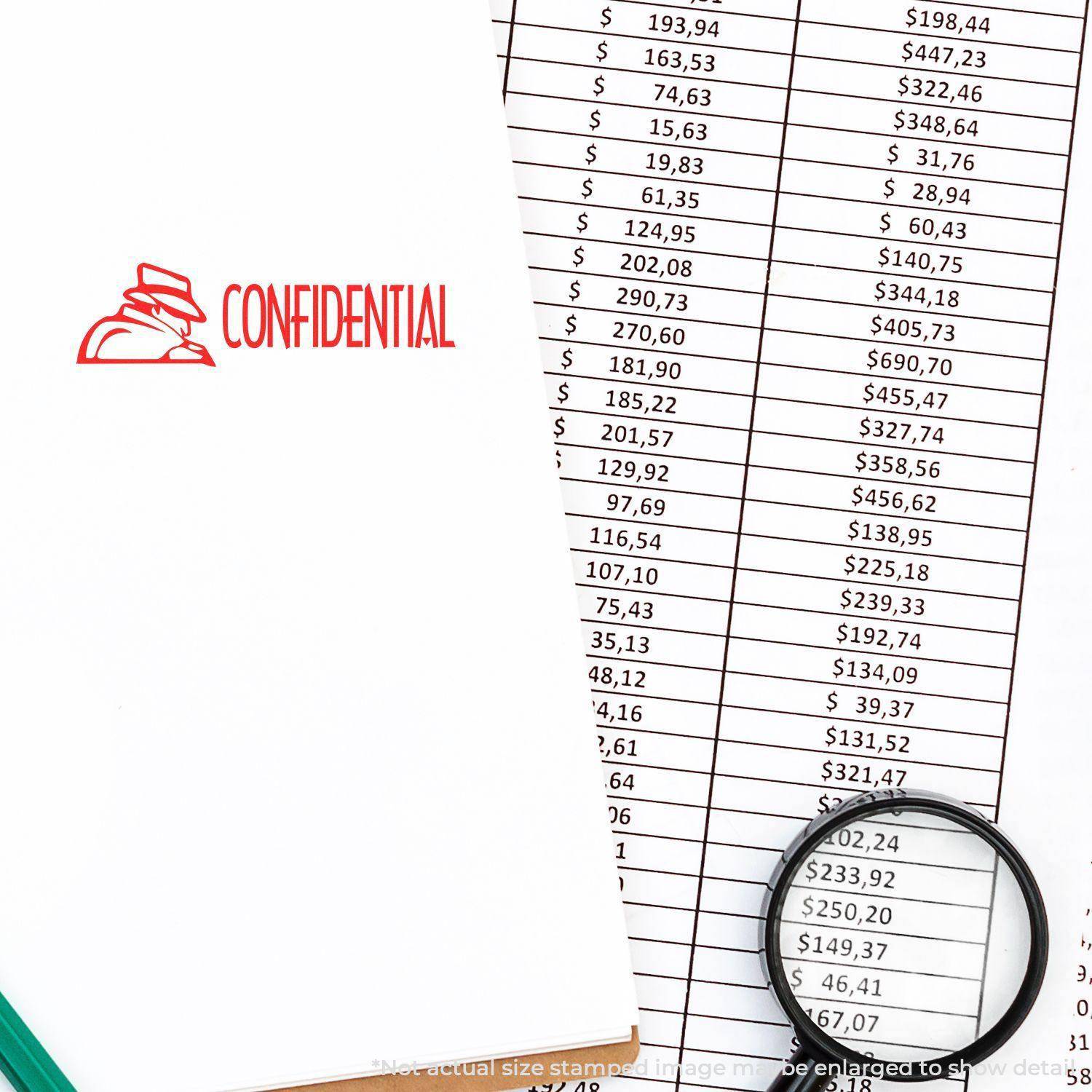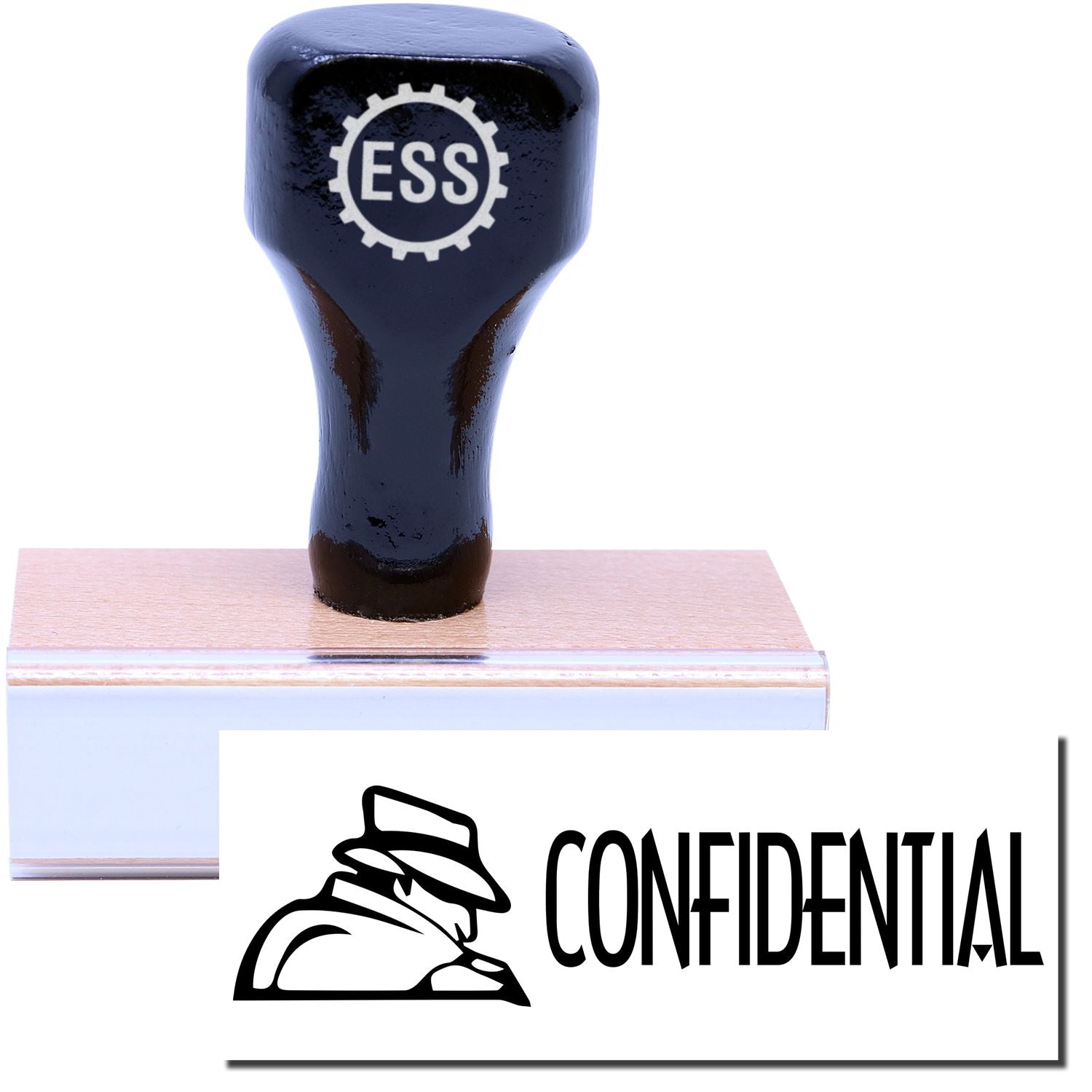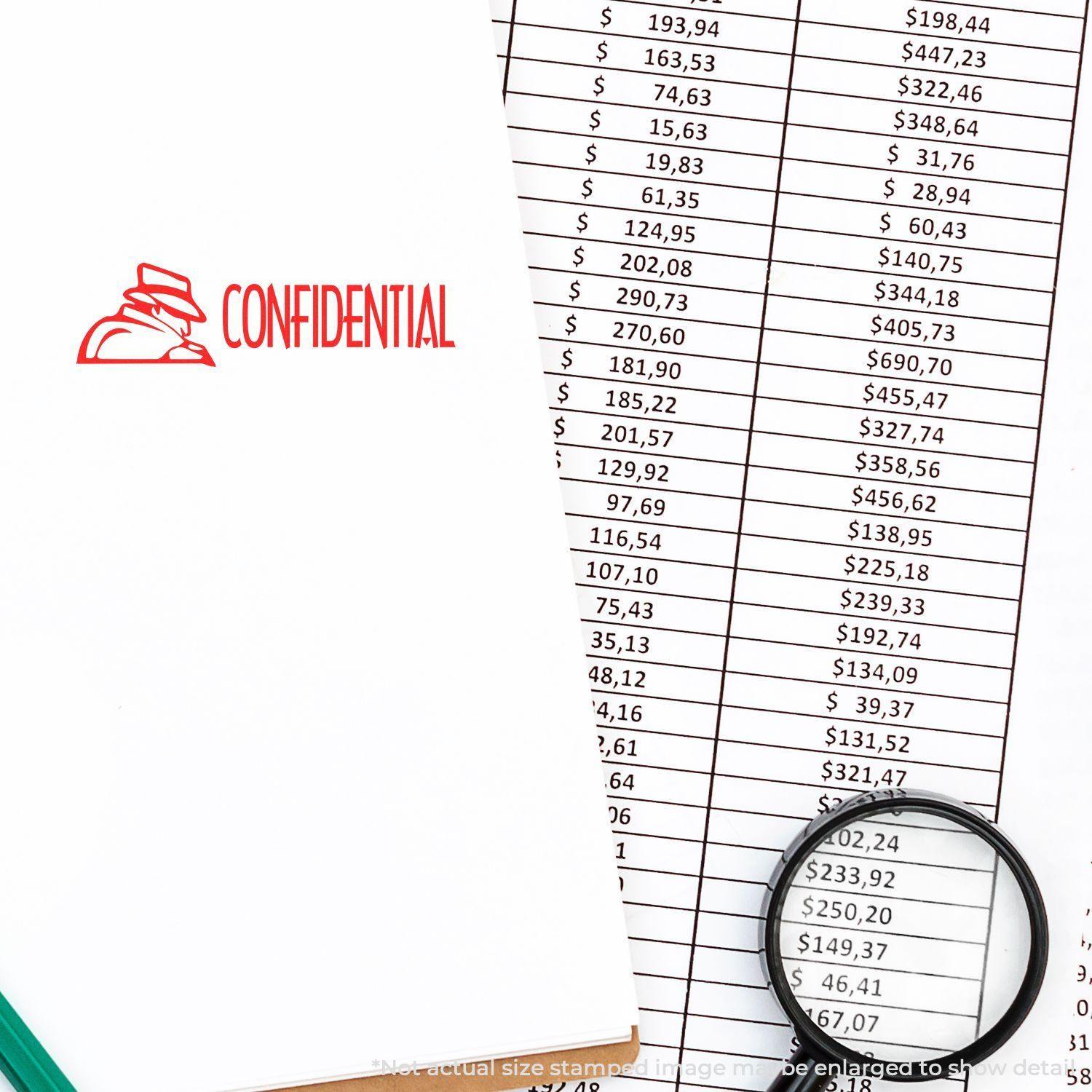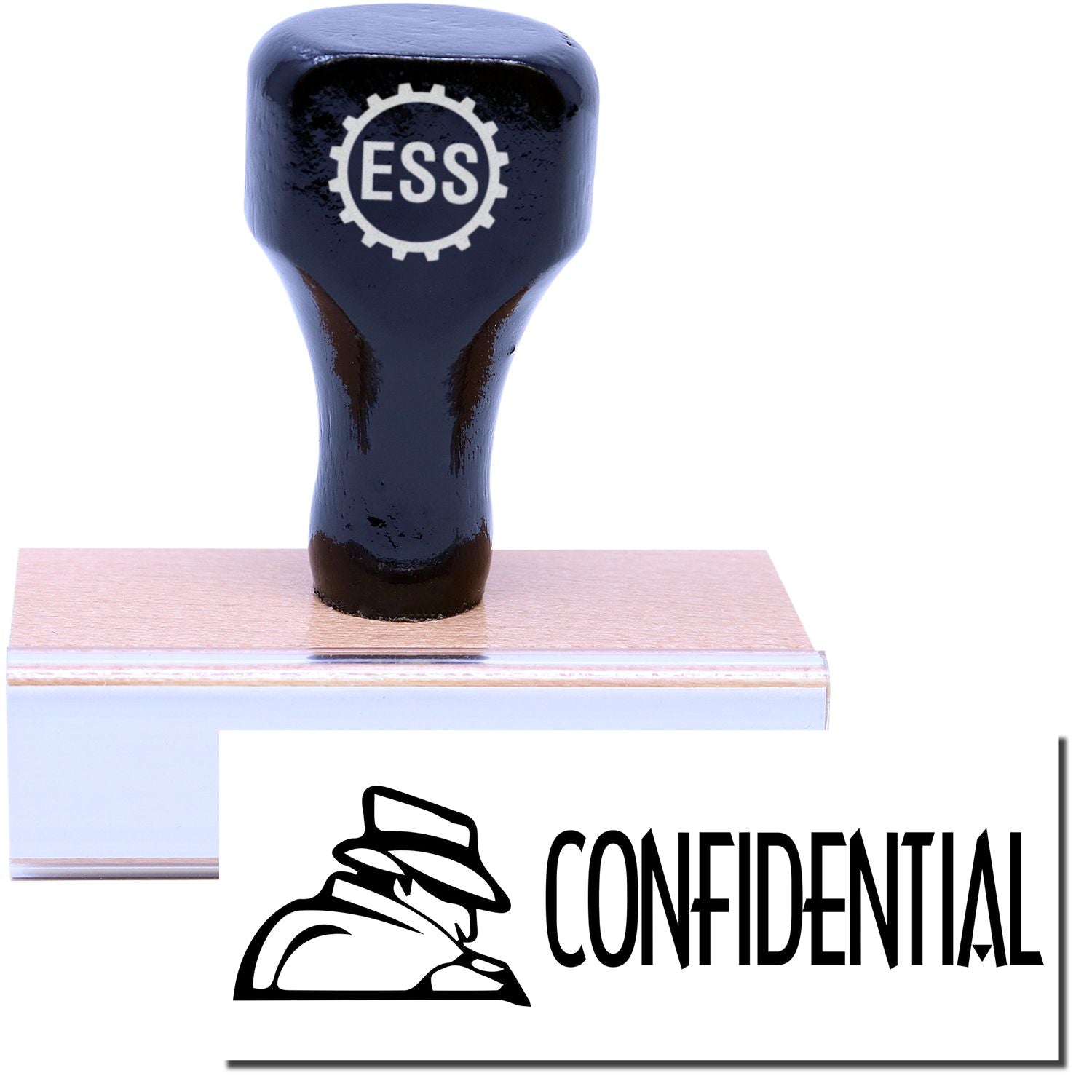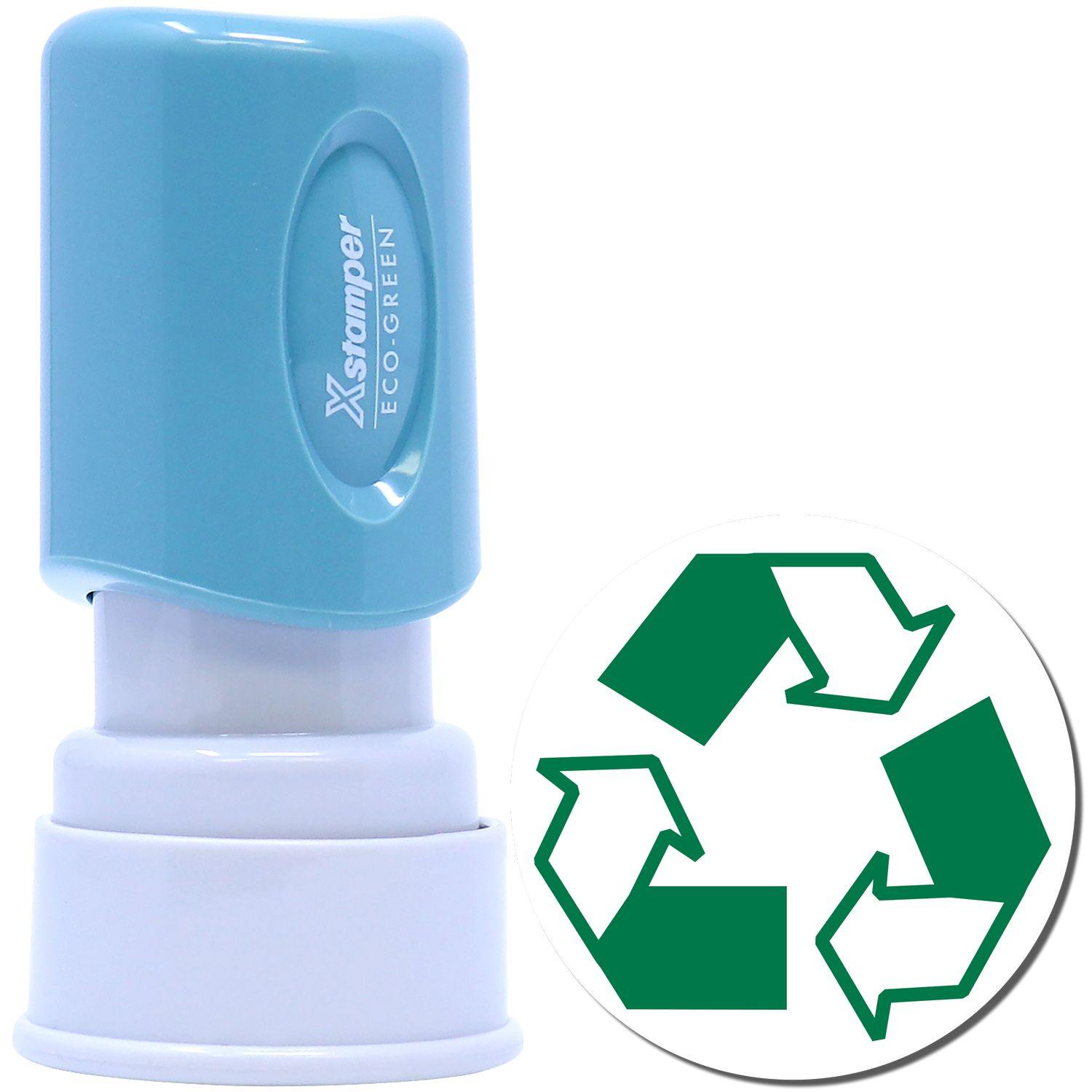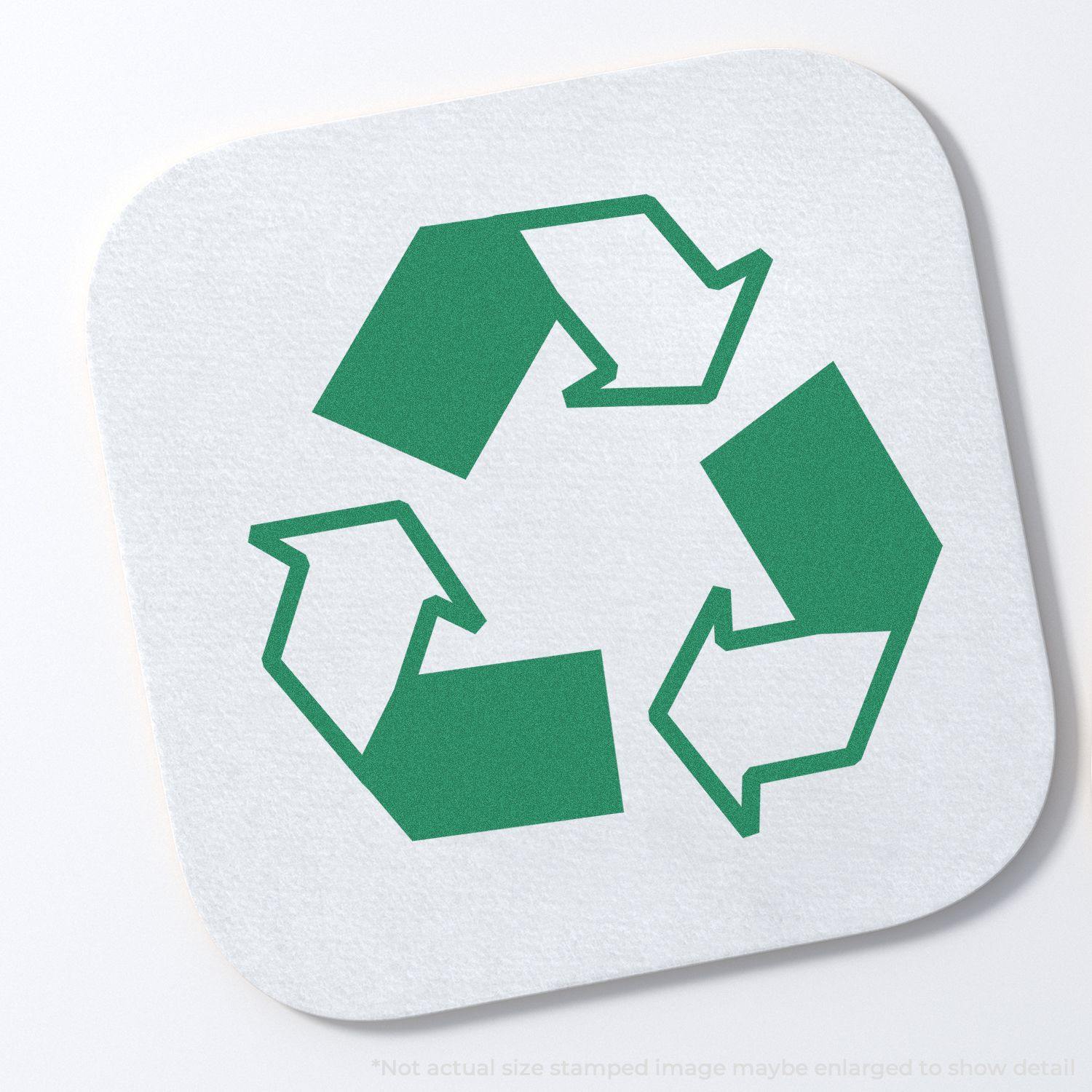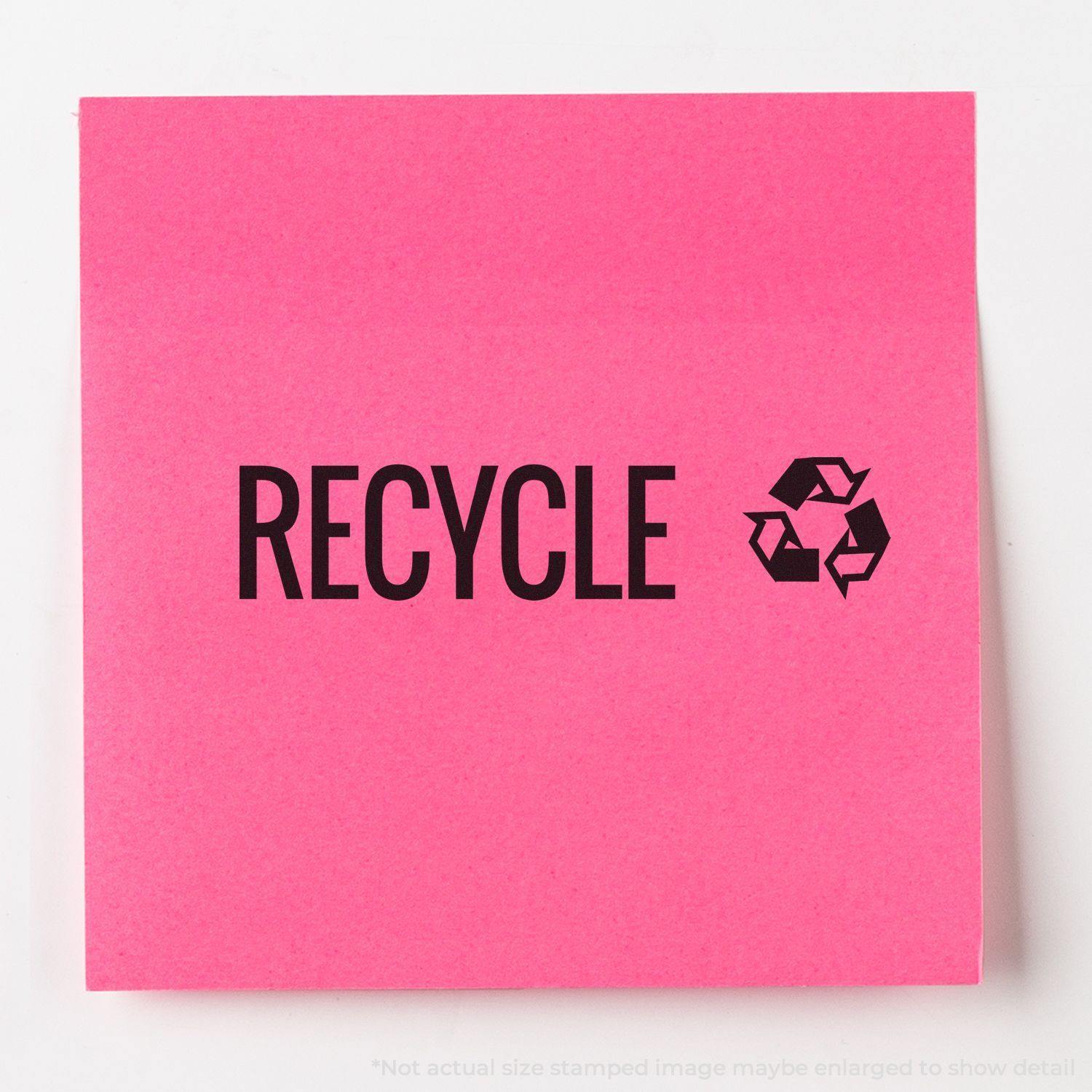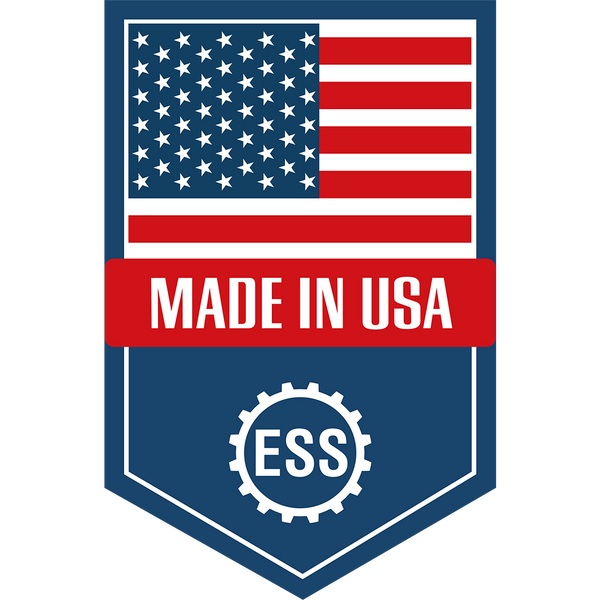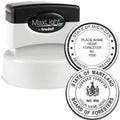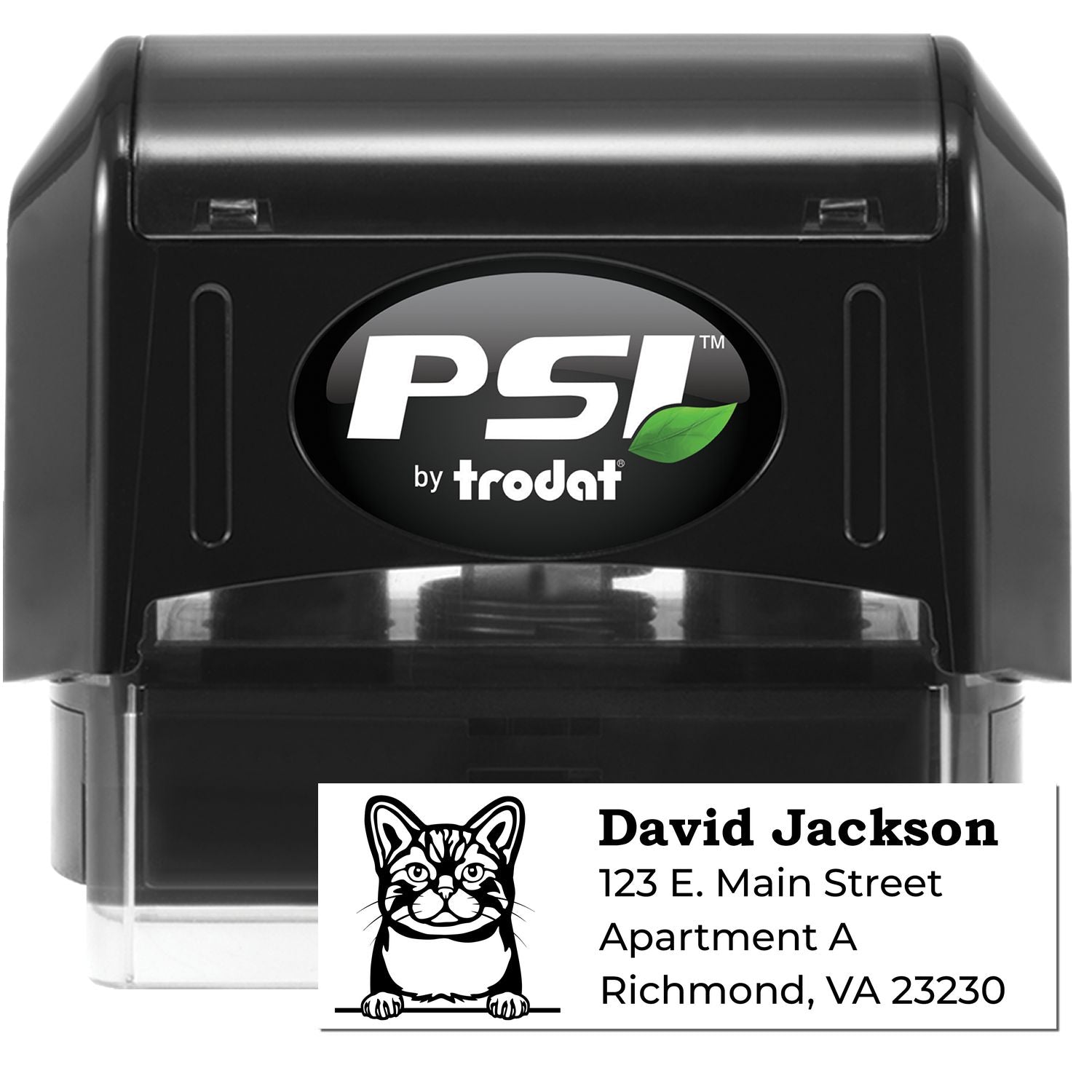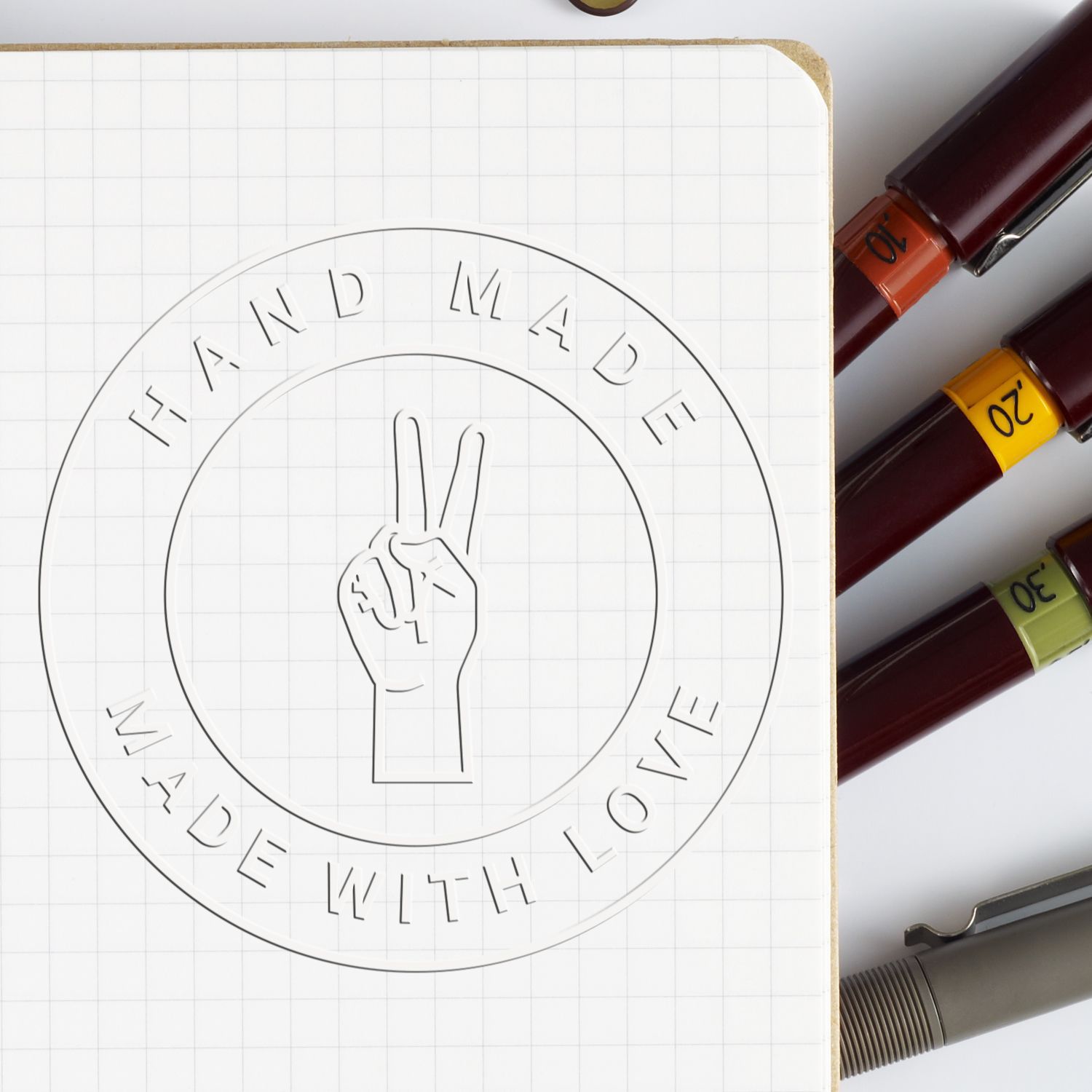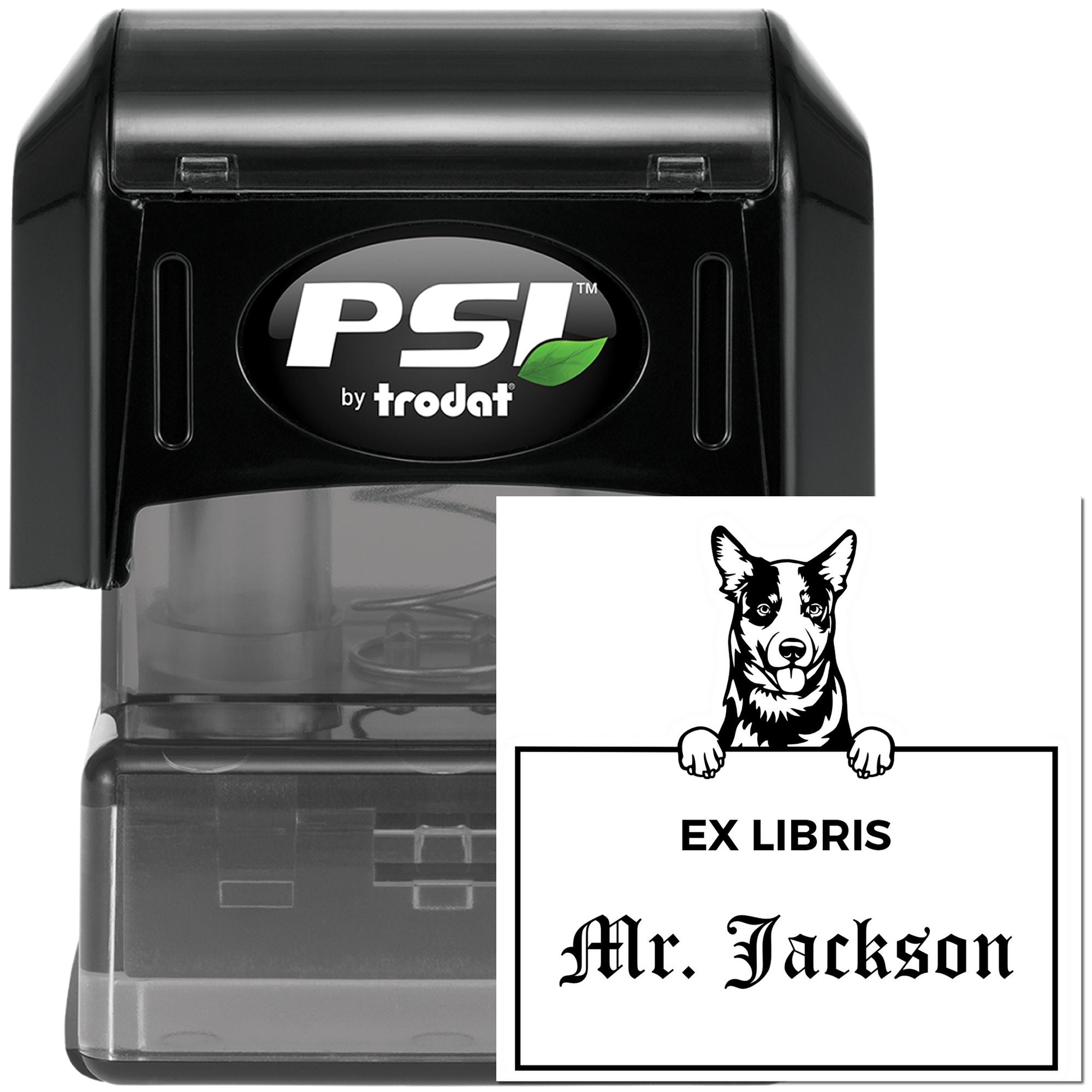Finding the right stamp pad for office use can feel like hunting for a reliable stapler, doesn’t it? You need something that delivers crisp impressions, dries quickly, and stands up to frequent stamping. After all, you don’t want to re-ink every other day. Let’s look at the basics so you can make a confident choice.
Know the basics
You might be wondering, “Why does this small office accessory matter so much?” Imagine needing to sign or approve documents all day. A good stamp pad keeps your workflow smooth instead of slowing you down with smudges or uneven prints.
Key features to note
- Re-inkable design: Re-inkable stamp pads save you time and money because you can top them up instead of tossing them out.
- Quick-drying ink: Faster drying means fewer accidental smears and cleaner documents.
- Non-toxic formula: This is especially handy if you share your office with coworkers or pets, since you’ll want to avoid harsh chemicals.
Here’s a quick overview of what to look for:
| Feature | Why It Matters |
|---|---|
| Quick-drying ink | Reduces smudges on documents |
| Re-inkable design | Extends the life of your pad |
| Non-toxic formula | Safer for daily handling |
Common tasks and uses
- Approving invoices and checks
- Ending a meeting with a stamped signature
- Marking packages or outgoing mail
If you handle these tasks regularly, a well-chosen stamp pad can make each job easier.
Explore ink options
Ever opened a stamp pad and noticed some feel watery while others are thicker? That difference usually boils down to the ink formula. You want something that suits your stamping volume and the type of surfaces you use.
Water-based vs oil-based
- Water-based ink: Popular for most standard office tasks. It’s easy to clean up and often costs less.
- Oil-based ink: Dries quickly and tends to last longer on glossy surfaces, though it can be a bit pricier.
Choosing the best formula
Ask yourself two quick questions: Do you work primarily with standard paper documents? Do you occasionally need to stamp on slick surfaces? If you stamp mostly standard paper, water-based ink is typically fine. If you use glossy materials, you might need oil-based ink. It’s that simple.
Maintain and store properly
Wondering how to make your stamp pad last longer? Proper maintenance can help you avoid dry patches and uneven stamping. Let’s face it, nobody wants half a logo fading off your envelopes.
Cleaning and re-inking steps
- Lightly wipe the pad’s surface with a clean cloth to clear away dust.
- If your pad is re-inkable, apply a few drops of fresh ink.
- Spread the ink evenly with a small plastic scraper (or the tip of your ink bottle).
- Wait a few minutes before using the pad again, so the ink absorbs well.
Simple problem fixes
- Faint impressions: Add more ink or press the stamp more firmly.
- Overly inky stamps: Blot the pad with a paper towel to remove excess.
- Uneven stamping: Use a flat work surface or replace the pad if it’s worn out.
Wrap up your search
By now, you’ve got a solid grasp on what makes a stamp pad great, from ink varieties to storage tips. If you rely on frequent stamping, investing in a quality stamp pad for office use can truly simplify your day. Pick a pad that’s re-inkable, suits your surface type, and dries quickly.
Give it a try this week. Once you’ve got the perfect stamp pad lined up, you’ll notice fewer smudges, faster document processing, and a more polished impression on every page you mark. Who knew such a small accessory could make such a big difference?


